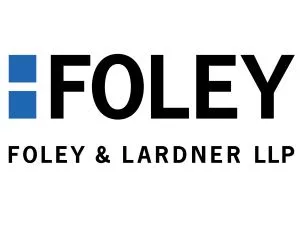- within Criminal Law, Government, Public Sector and Tax topic(s)
As the pandemic highlighted issues in the global supply chain and as the United States intensifies its investment in clean energy, more renewable energy manufacturers than ever are considering onshoring (or nearshoring) manufacturing facilities in the United States. Domestic demand for clean energy is at an all-time high and doesn't look to be slowing. Domestic production may help satisfy U.S. consumer demand for predictable delivery schedules and prices. Below we outline some of the current forces driving the move to onshore. And while onshoring is uniquely incentivized right now, it is not without challenges, requiring critical consideration of the factors we explore below.
Current Onshoring Motivators
- Inflation Reduction Act (IRA) – The IRA provides significant tax credits for the manufacturing of certain renewable energy components as well as the purchasing and commissioning of property to build clean energy manufacturing facilities. The IRA further provides adders for these credits where manufacturers use domestically produced components in their facilities.
- Geopolitical Instability – Recent years have revealed the vulnerability of the supply chain. From shutdowns and delays due to the COVID-19 pandemic, the Russia-Ukraine conflict, and labor shortages, and regulatory changes, supply chain disruptions that were once infrequent have become ordinary.
- Antidumping Duties – In response to antidumping duties against solar panels made in China, certain solar panel producers migrated production to other Southeast Asian countries to avoid paying the duties. The U.S. Department of Commerce recently extended the tariff orders to those countries, limiting U.S. access to solar panels.
- Uyghur Forced Labor Act – The forced labor law prohibiting importation of certain goods manufactured in the Xinjiang province of China has created uncertainty in the U.S. solar market, as the supply chain of some of the solar panel manufacturers extends into the prohibited region. Seized goods have skyrocketed and the near-total lack of solar import has prohibited large-scale projects from moving forward.
Key Onshoring Considerations
- Site Selection – Choosing the right location requires consideration of a bouquet of factors, including power and water availability, permitting and zoning requirements, and access to necessary transport hubs, raw material suppliers, and key customers.
- Local Tax and Property Incentives – Property and facilities costs are higher in the U.S. However, various states offer additional tax exemptions, deductions, and credits to renewable energy manufacturers and sellers.
- Labor – Labor costs in the U.S. are also high while access to skilled labor may be low. Additionally, employee health and safety is highly regulated by OSHA. However, increased automation in processes mitigates these costs.
- Technology – IP enforcement options abroad can be limited, requiring the involvement of local government actors. The U.S. offers robust IP defense and enforcement options, reducing the overall threat of IP infringement.
- Logistics – Shipping costs, lead times, and other delivery logistics become easier and less costly as inventory becomes geographically proximate. Particularly so for large equipment and machinery which incur significant costs when shipping on a per unit basis.
The content of this article is intended to provide a general guide to the subject matter. Specialist advice should be sought about your specific circumstances.




